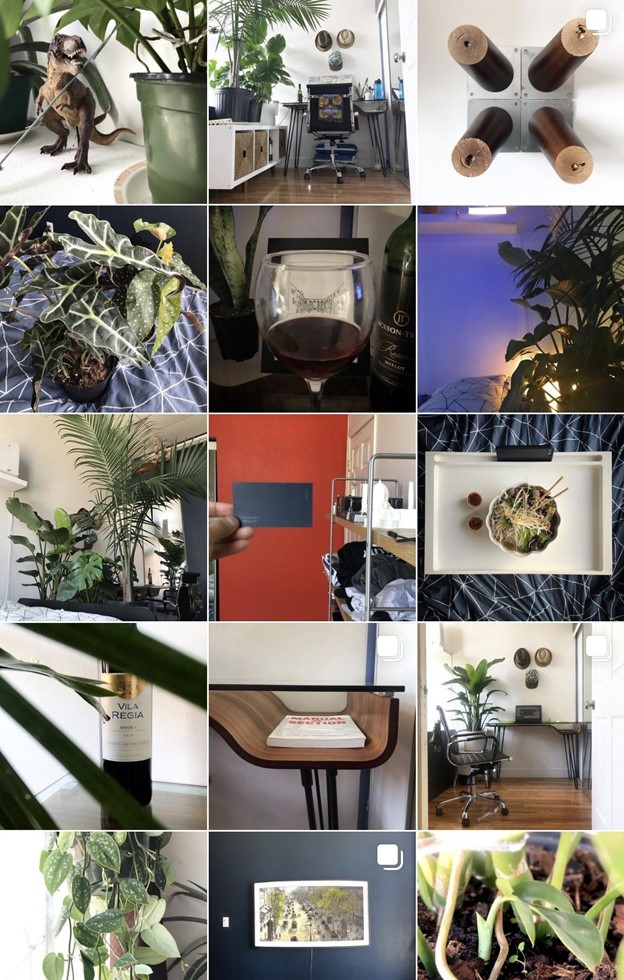The increasing cost of living, including rent, makes co-shared student housing and cozy units (ex. small studio apartments) a more affordable choice for graduate students.
Since some students who live in co-sharing units often find themselves living there for the duration of their studies (one to four years, sometimes more), it is imperative that some thought be put into the design and use of their personal space.
We decided to tackle this challenge a bit differently: by showing you how to maximize the efficiency of your small space. For reference, all of the photos included below are from one of my clients.
1. Measure your space
Start by measuring the length and width of your space, which you can then sketch on paper. Dimensions measured can be in centimetres or in feet and inches, whichever you feel most comfortable with. Pro Tip: You can even download a digital measuring tape app that corresponds with your camera and it will take measurements for you.
[Use the arrows to scroll through the photos.]
2. Optimize verticality
Sometimes we get so caught up with spaces horizontally that we forget that vertical space is as important. Measure the dimension of the height(s) of the room(s), since vertical spaces can be useful for hanging wall-mounted shelves, hooks for hats, book storage, art, or even hanging plants, all of which help optimize space.
3. Develop a plan and budget
Let’s start with the plan. Do you intend on staying at the same place for a while? If so, perhaps spending a bit more on a comfortable mattress may be worth it, which would ultimately increase your budget. Second, money matters. Find a happy balance where you won’t be overstretching your finances, while also finding a budget that makes sense for your length of stay, especially if you don’t intend on keeping all of the items.
4. Visualize your space
Create a mood board using pictures, images and materials of the feeling you want to create for your space. This mood board will serve as an artistic compass for your design direction. The strength of having it all laid out in front of you is so that you can communicate visually with others your ideas while having everyone on the same page (if you have roommates).

5. It’s online window shopping time
Now that you have steps 1 to 4, it’s time to do some online window shopping! Using your personal sense of intuition and taste, find items that fit within your budget and are of interest to you. Next, look at your list of items together and visualize how they would come together compositionally. Eliminate, in this order of priority, items that:
- don’t physically fit within your space;
- don’t belong to your overall mood/design direction; and
- don’t fit within your budget and plan.
With your remaining items, you can make one final pass of what items would look good together compositionally in your space. This final list will be the items that you should buy!
Tell us your ideas and how you plan to reimagine your living spaces for the coming semesters in the comment section below.


















